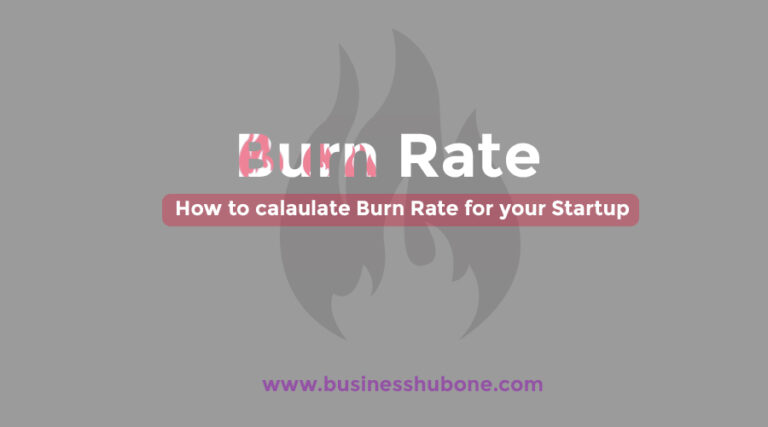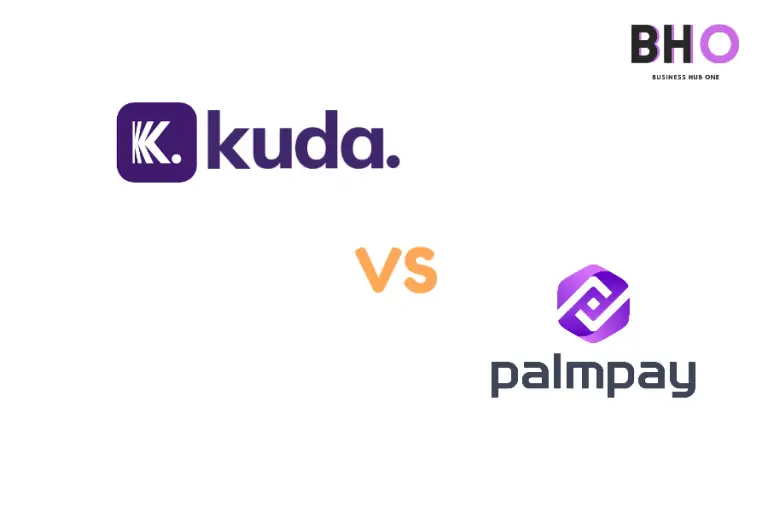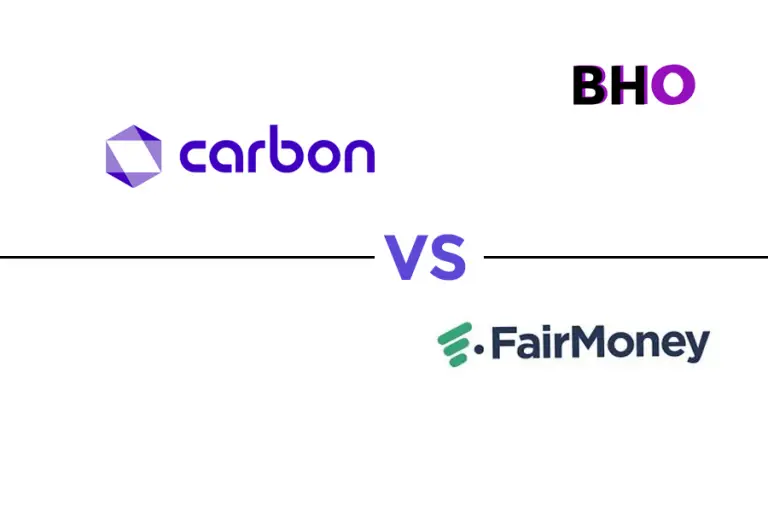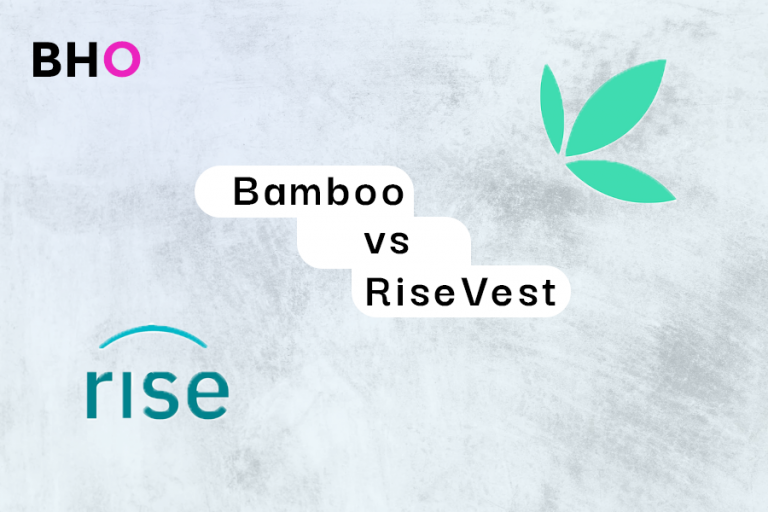The true cost of Inflation in Nigeria
Inflation in Nigeria has been touted to be sub 10% more often than not over the past decade(2010-2020).
However, is this truly the case?
The data from the field has always been in sharp contrast to these values. The price of certain product/services have been known to double easily within a typical 2 -5 year time frame in the last decade.
This walking inflation is not ideal and can hurt the economy.
This post is an attempt to unravel the true cost of inflation in Nigeria.
Chart showing Inflation rate in Nigeria (2010-2020)
Over the years, inflation has been a major impediment in the growth of companies and sustaining of several companies in Nigeria.
It is common sight to see great products fall off the favorite list of consumers due to this plague called inflation.
Inflation increases the cost of production making in practically impossible for manufacturers to keep price constant while maintaining the quality of the product.
One of the greatest demerits of inflation is the disproportionate increase in the price of commodities or products as opposed to the income of the citizens.
Inflation is caused by several factors with unstable policies, unfavorable business environment and high cost of capital taking the lead.
Table of Contents
Importance of Inflation to the economy
Inflation is an important aspect of any economy, and zero inflation is not exactly an ideal state for an economy.
- Inflation makes consumers expect prices to continue rising.
In the absence of inflation or when prices are falling, consumers will delay making purchases if they can, in anticipation of possibly lower prices in the future. For the economy, this means reduced economic activity, reduction in the income generated by producers, and slower economic growth.
- Prevents the risk of Deflation
Japan is one country with a long period of nearly no economic growth, largely because of deflation. In order to prevent deflation during the global financial crisis that began in 2007 the US Federal Reserve and other central banks around the world kept interest rates low for a prolonged period, this low-interest rates will ensure financial systems have plenty of liquidity.
Interest rate < Inflation rates = More liquidity.
There is no motivation to keep the money in the banks as it is losing value faster than the rater at which its gaining it.
Bad Inflation/Walking Inflation
If inflation is greater than 2%, it becomes dangerous. Walking inflation is when prices rise between 3% to 10% in a year. It can drive too much economic growth. At that level, inflation robs you of your hard-earned dollars. The prices of things you buy every day rise faster than wages. Thanks to walking inflation, it takes $24 today to buy what $1 did in 1913.
Inflation in Emerging Economies
Inflation in an Emerging economy

- Rapid economic growth
It is typical of an emerging economy to have rapid economic growth in sharp contrast to slower growth found in advanced economies.
Fast growth can lead to excess demand and a positive output gap thereby causing demand-pull inflation. It also brings about cost-push inflation for example because of rising global demand for raw materials.
- Volatile exchange rates usually due to poor monetary policy.
If a fast-growing country has a large current account deficit, this can lead to a large depreciation in their exchange rate. One effect of this is a big jump in the prices of essential imports such as foodstuffs and energy.
Triggers
- Food prices
Combating inflation in emerging Markets
The Nigerian Case Study
True cost of Inflation in Nigeria
Sources 1 2 3







